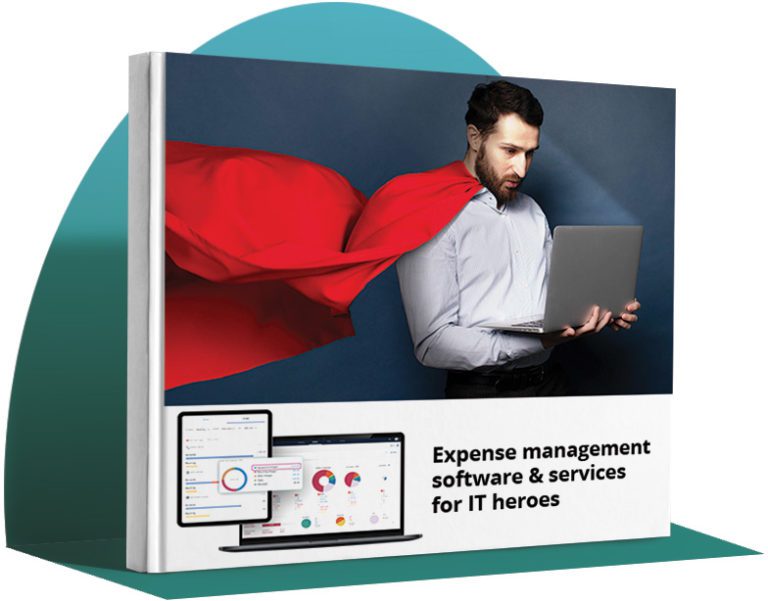#1 – IT spending is forecasted to grow substantially in 2022
The past couple of years have brought significant change for many IT departments. As companies adapted to the pandemic and the new demands of a remote workforce, budgets were often tight and spending was put on hold. While Gartner’s figures for 2020 showed slight downturns in many categories, IT spending is set to make a resurgence – big time. With substantial growth in devices and enterprise software, their 2021 forecast also shows expansion in data center systems (7.7%), IT services (9%), and communications services (4.6%).
IT spending graph from Statista
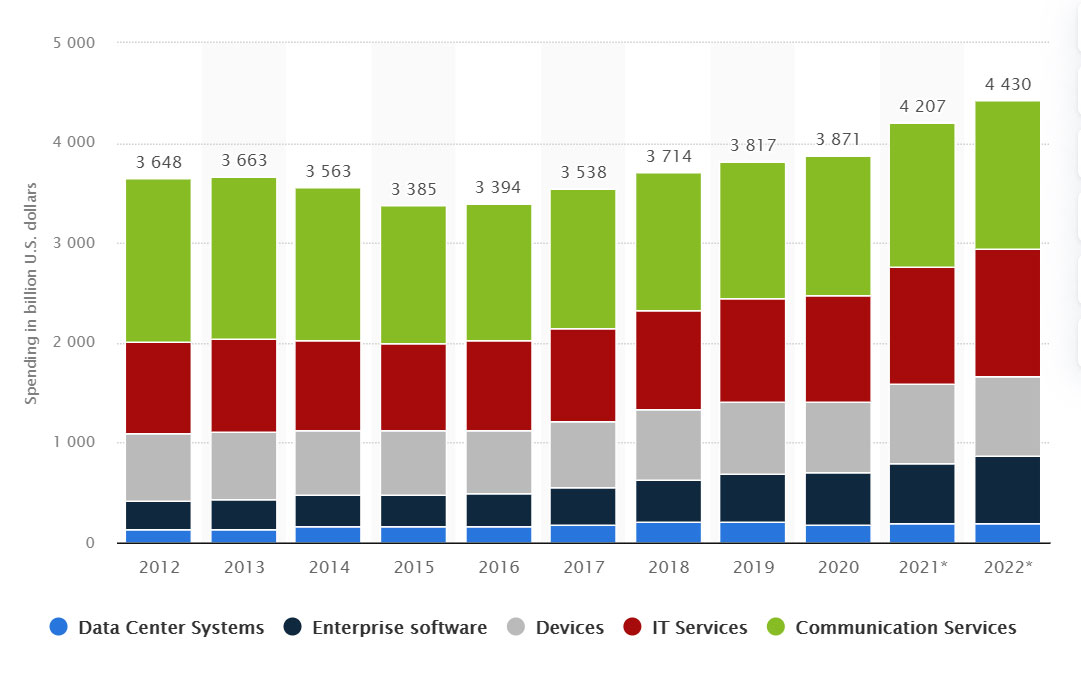
In 2022, Gartner estimates that all IT spending segments will experience positive growth, with devices (14%) and enterprise software (10.8%) producing the highest growth. This is likely a result of organizations altering their focus in an effort to provide a more innovative and productive environment for their workforce. With many organizations embracing hybrid or work from home models, technology that elevates the human experience and well-being is critical. Tools such as collaboration platforms and social software will become a cornerstone.
Takeaway #1 for IT leaders
IT spending is clearly increasing, but getting the approved budget from finance teams can be tricky. The better you know your numbers, the easier it’ll be to justify increased IT budget requests. Finance will surely ask the tough questions like, “which region is spending the most on IT?” or “at this location, which assets do we own and how many contracts are active?” By getting full visibility across all of your IT spend in one platform, you’ll be in a better position to justify IT costs across the business and ask for the necessary budget to support future growth. Talk the language of the business – knowing your numbers will allow you to tie increased expenses to business growth goals.
#2 – No surprise…cloud spend is a top priority
The explosion of cloud spending in recent years shows no sign of slowing down. According to Gartner, global public cloud spending is forecasted to reach $332.3 billion in 2021, increasing by 23.1% from $270 billion in 2020 as companies embrace virtualization and continued digital transformation.
Enterprise cloud spending trends from TechCrunch
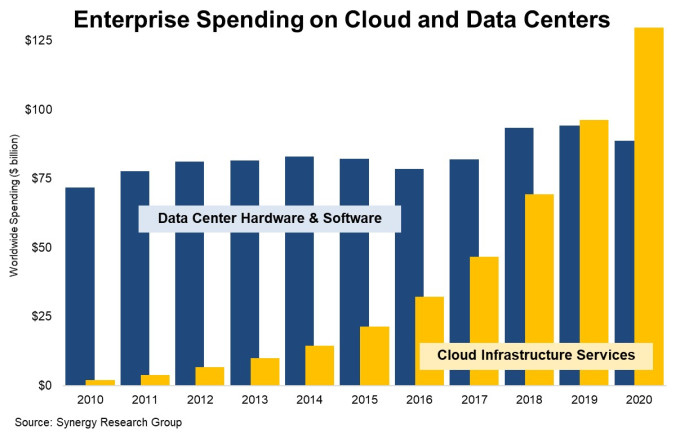
“The events of last year allowed CIOs to overcome any reluctance of moving mission-critical workloads from on-premises to the cloud,” said Sid Nag, Research Vice President at Gartner. “Even absent the pandemic there would still be a loss of appetite for data centers.”
According to Computer Economics, both cloud applications and cloud infrastructure are leading the way in cloud spend. Their survey reveals that 79% of respondents say they are increasing their spending on cloud applications. And it’s really no surprise, cloud infrastructure and applications provide strong strategic advantages because of their scalable nature. Data analytics/business intelligence follows in third place, at 60%. Digital transformation, disaster recovery/business continuity, and systems/data integration are next at 57%, 48%, and 45%, respectively.
Takeaway #2 for IT leaders
For many organizations, the growth of cloud licenses means more and more invoices that are often scattered among departments. It can be a manual and time-consuming process to stay on top of IT expenses. IT teams often don’t have time to manually process the hundreds or thousands of invoices every month. Implementing a unified expense and asset management solution to simplify complex processes like allocation will help prepare organizations for investments where cloud, telecom, and mobile are all deployed in the same project.
#3 – Organizations are investing in IT infrastructure that drives revenue
Companies that want to stay competitive must look to technology as a way of driving new revenue-generating initiatives. Automating business and/or IT processes to empower interactions with customers is no longer a nice to have, it’s a necessity.
Data/business analytics, security/risk management, enterprise applications (cloud-based), customer experience technologies, and AI/ML tools are the technology initiatives that will drive the most IT investment in 2022.
Many CIOs are acknowledging that the rate of innovation increases if diversity and inclusion is embedded into technology teams. 72% say that they are making diversity and inclusion a priority during the IT hiring process. To support these growing teams, companies’ spend on devices – including PCs, laptops, tablets and mobile phones – is expected to be one of the fastest-growing with almost $800 billion invested in 2021, up 14% from 2020.
In addition to the digital transformation trends observed over the past years, John Lovelock, Research Vice President and Distinguished Analyst at Gartner, expects that we will see IT departments investing in innovative technologies that can help their business stand out in crowded markets and generate more revenue.
Takeaway #3 for IT leaders
Investing in IT infrastructure that drives revenue means you need to track both operational and strategic IT spend. Operational spend keeps the lights on and makes sure things are running smoothly. Strategic IT spend is innovative and sets your company up for where it’s going in the future. As an example, Volkswagen Group of America aims for a certain percentage of their cloud spend to be on strategic initiatives so that they continue to be innovators in the auto industry. We sat down with IT leaders at VW recently as they boldly take on IT Finance Management (ITFM), moving from manual spreadsheets to automated allocations of IT costs. By partnering with brightfin, Volkswagen Group of America gained the insight they need to be more strategic and forward-thinking with their IT spend.
Executive summary video (3 min):
#4 – CIOs are split on whether they have enough budget
While the need to grow IT infrastructure and support is critical, IT executives have to assess whether their IT budgets can meet the demands of the business.
According to Computer Economics, 51% of IT executives feel that their IT budgets are either somewhat inadequate or very inadequate to meet the needs of the business.
The challenge for many IT leaders is that they must support the growing demands of the business but they are hampered by manual and inefficient processes. Organizations must rely on technology to improve remote work infrastructure, expand digital transformation initiatives, and create or enhance a variety of customer services; however, the IT teams also need clear data and analytics to develop robust business cases for growing budgets.
According to the 2021 State of the CIO survey of 812 IT leaders, IT will increase spend on:
- data and business analytics
- security and risk management
- cloud-based enterprise applications
- customer experience technologies, including chatbots and mobile apps
Takeaway #4 for IT leaders
We find that many IT leaders don’t have the business analytics they need to go to finance with IT spending allocated by department, region, and/or initiative. Without that data, it’s hard for finance to justify an already strained budget. In order to solve for this, IT leaders should look for a solution that allows you to bring all your IT invoices into one place. Less is more! This way, you’ll have answers when finance teams ask tough questions like:
- Which departments spend the most on IT?
- Are we spending more on strategic or operational initiatives?
- Where could we reduce spend by 5%?
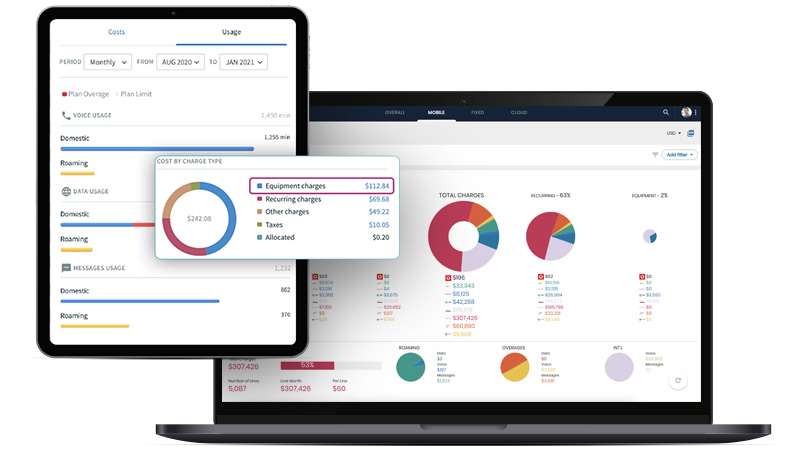
#5 – Ongoing digital transformation presents new challenges
As business processes become increasingly digital, the need for information security is critical. Already, we see more and more global spending on information security products and services. Protecting internet-connected systems from cyberthreats means stretching already thin IT budgets.
After the pandemic and the shift to remote work, numerous security concerns became apparent. Without a central employee workplace, endpoint visibility is at the forefront of security behind employee behavior and training. Phishing attempts rose by a staggering 600% during the pandemic. These security threats drove a no-compromise security framework based on stringent access management protocols, that grants access only to those who provide their location, id, and all the required details for authentication.
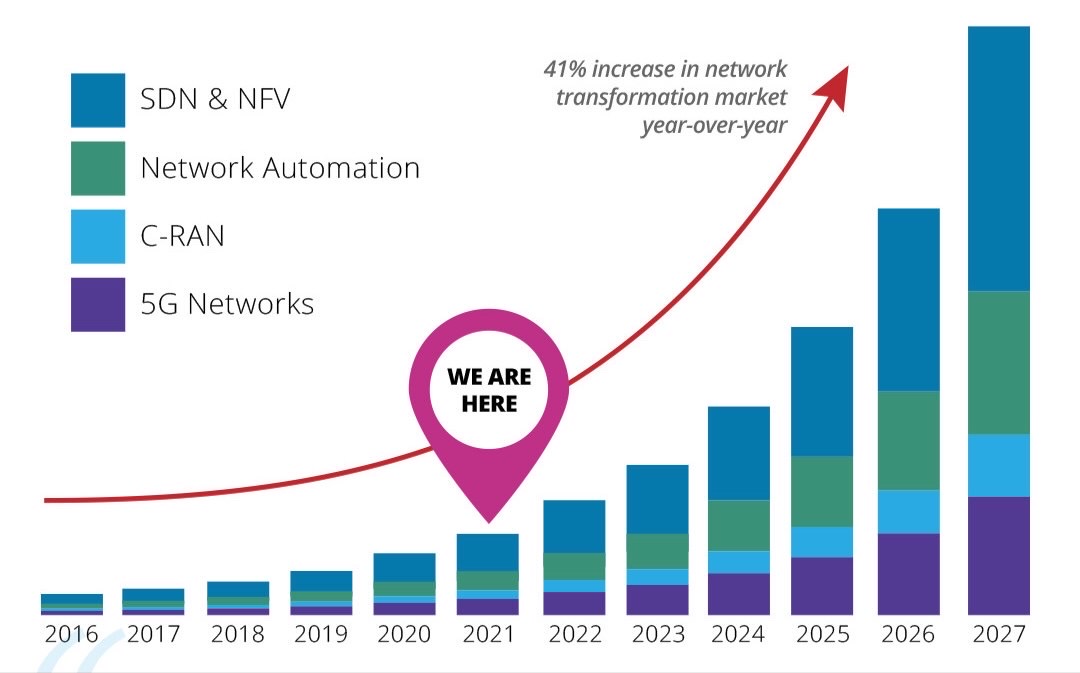
Takeaway #5 for IT leaders
Many organizations are in an ongoing process of network transformation to upgrade outdated systems, oftentimes moving to the cloud or just improving the reliability and security of existing systems. But without a proper plan, digital transformation will only continue to exacerbate these security problems. We put together a webinar with industry experts to discuss the critical steps you need to consider before beginning a network transformation.
Check out the free webinar here: Join a live session or watch a replay of a past webinar to review the six steps to an effective network transformation.







